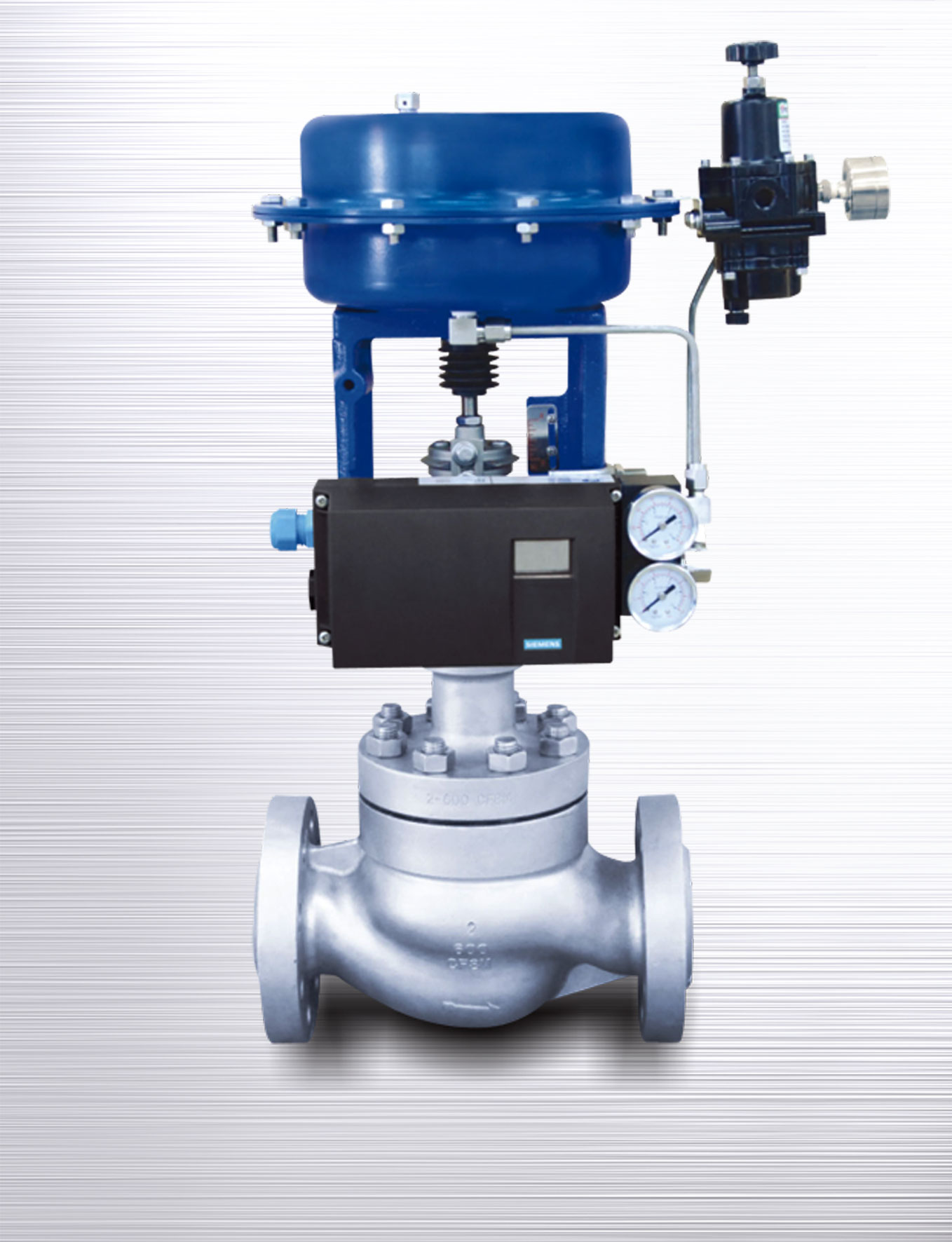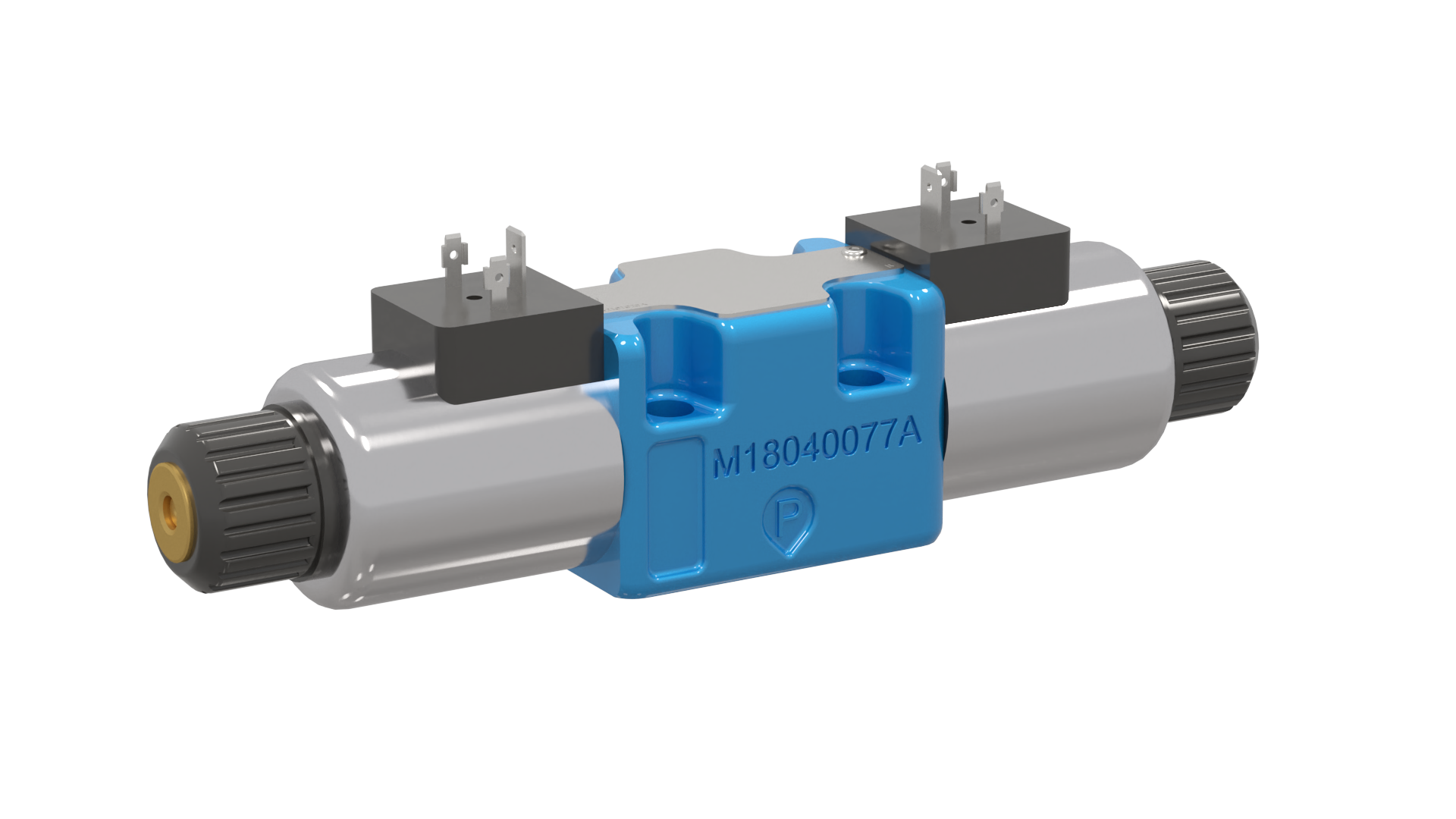Recognizing the Significance of Control Valves in Process Automation
Recognizing the Significance of Control Valves in Process Automation
Blog Article

Maximize Energy Cost Savings and Comfort With Advanced Building Automation Controls
In the realm of modern design and center management, the combination of advanced building automation manages stands as an essential innovation. By utilizing the power of automation, buildings can adjust, react, and evolve in ways that were when unthinkable.
Energy Efficiency Benefits
Power efficiency advantages can substantially decrease power usage and operational prices in structures. By implementing energy-efficient practices and modern technologies, building owners and drivers can accomplish considerable cost savings while also contributing to ecological sustainability. One of the primary advantages of enhancing energy efficiency in structures is the decrease of energy costs. Energy-efficient systems, such as sophisticated building automation controls, can optimize using resources like heating, cooling, and lights, leading to lower energy expenses in time.
Additionally, boosted power performance can prolong the life-span of building equipment and systems. By running a lot more effectively, cooling and heating systems, lighting fixture, and other building parts experience less damage, leading to decreased upkeep and substitute prices. Additionally, energy-efficient structures frequently regulate greater home values and rental rates, providing lasting economic benefits to proprietors.
Additionally, energy performance can improve resident comfort and efficiency. Correctly controlled indoor settings with optimal illumination and thermal problems develop a more conducive and positive workspace, resulting in enhanced worker fulfillment and efficiency. On the whole, the power efficiency benefits related to innovative building automation controls are diverse, incorporating price financial savings, ecological stewardship, and passenger well-being.
Enhanced Comfort Control
Enhancing convenience control in structure environments needs a sophisticated combination of advanced automation systems for ideal resident wellness. By making use of innovative structure automation controls, centers can customize the interior environment to meet the details demands and choices of occupants. control valves.
By integrating these sophisticated controls, buildings can not only boost comfort however also improve energy performance by maximizing system procedures based on real tenancy and usage patterns. Inevitably, prioritizing occupant convenience through sophisticated automation systems leads to a more enjoyable and much healthier indoor atmosphere.
Operational Effectiveness Improvements

Moreover, the application of real-time surveillance and analytics devices enables structure operators to recognize power inadequacies and functional anomalies immediately. By continually checking energy usage patterns and system performance metrics, changes can be made in real-time to maximize power intake and ensure peak functional performance. control valves. Additionally, including demand action strategies right into structure automation controls can additionally boost functional performance by dynamically changing energy use based upon grid why not try here problems and rates signals
Indoor Climate Optimization
Effective indoor climate optimization is a fundamental aspect of building automation controls, guaranteeing owners' comfort and well-being while optimizing energy savings. By utilizing innovative sensors and controls, building automation systems can constantly adjust and monitor temperature level, moisture levels, air top quality, and ventilation to create an ideal interior setting. Preserving comfortable and consistent problems not only enhances passenger fulfillment yet additionally boosts efficiency and overall well-being.
Indoor environment optimization also plays a crucial role in energy effectiveness. By fine-tuning cooling, home heating, and ventilation systems based on real-time data and occupancy patterns, developing automation controls can considerably minimize energy consumption - control valves. Executing approaches such as demand-controlled air flow and thermal zoning can help lessen energy waste while making certain that each location of the structure receives the needed conditioning.

Sustainable Setting Production
Structure automation controls not just maximize interior environment conditions for energy effectiveness and occupant comfort but likewise lay the structure for producing a sustainable atmosphere via calculated administration of sources and systems. By incorporating sophisticated structure automation innovations, such as sensing units, actuators, and smart software program, centers can readjust and keep track of power use in real-time to reduce waste and reduce their carbon footprint. These systems allow predictive maintenance, determining prospective concerns before they rise and optimizing tools performance to improve durability and effectiveness.
In addition, lasting setting production expands beyond power monitoring to incorporate water conservation, waste decrease, and indoor air quality improvement. Structure automation controls can control water use, identify leakages, and ensure correct waste disposal techniques, adding to total sustainability initiatives. Additionally, by keeping an eye on and regulating air flow and filtration systems, these innovations improve owner wellness and performance while decreasing energy consumption linked with cooling and heating operations.
Final Thought
In conclusion, progressed building automation controls deal substantial benefits in terms of energy financial savings, convenience control, operational efficiency, indoor environment optimization, and producing a sustainable atmosphere. go to my site By applying these controls, buildings can achieve ideal performance while lowering energy intake and improving occupant comfort. It is noticeable that using sophisticated automation innovation is essential in enhancing building efficiency and developing a much more sustainable future.
Power performance advantages can Continue considerably reduce power intake and operational costs in structures. Generally, the energy performance advantages connected with sophisticated structure automation controls are complex, encompassing expense savings, environmental stewardship, and passenger health.
Furthermore, including demand reaction approaches into building automation controls can better improve operational effectiveness by dynamically changing energy usage based on grid problems and rates signals.
Building automation controls not just optimize interior environment problems for power performance and passenger comfort however likewise lay the foundation for developing a sustainable setting via strategic management of resources and systems.In conclusion, advanced structure automation controls offer significant advantages in terms of energy savings, convenience control, operational effectiveness, interior climate optimization, and creating a sustainable setting.
Report this page